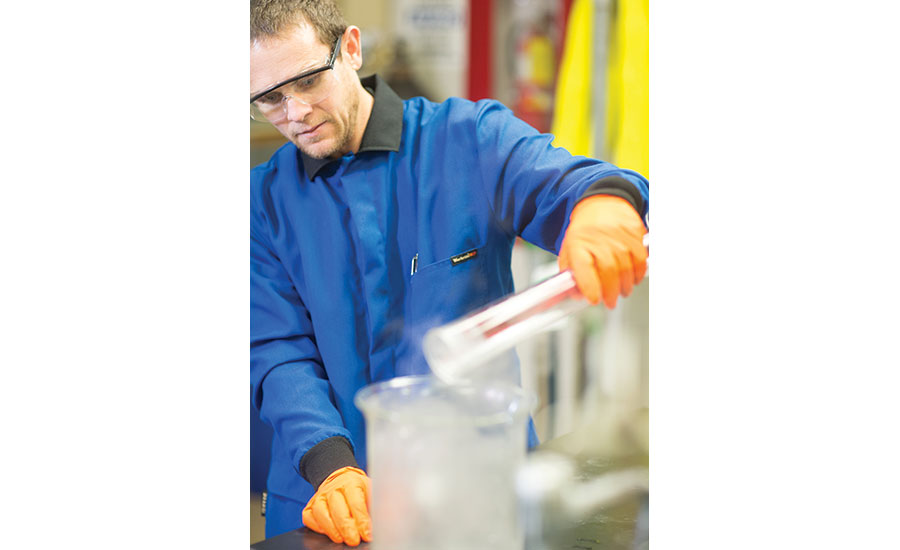In laboratory settings, the frequent use of heat and flame, combustible materials, and hazardous chemicals contributes to a variety of safety hazards that can lead to serious injuries or even death. Fortunately, a strong safety culture supported by proper work practices and the necessary PPE can go a long way toward preventing such accidents.
Resources
To help laboratories identify the specific procedures and protective equipment that are needed to establish safer conditions, regulatory organizations like OSHA and the National Fire Protection Association (NFPA) have developed standards and guidelines to outline key recommendations and requirements.
OSHA’s “Laboratory Safety Guidance” booklet provides further information on the hazards that may be present in laboratory settings as well as an overview of mandatory safety and health standards applicable to the industry.
OSHA’s lab standard
Among these key standards is OSHA 1910.1450, the standard on Occupational Exposure to Hazardous Chemicals in Laboratories. This standard serves to ensure that workers in nonproduction laboratories are informed about the hazards of chemicals in their workplaces and are provided with the appropriate clothing and other PPE. Specifically, the standard requires that:
1. Workers conduct their work under conditions that minimize risks from both known and unknown hazardous substances,
2. Employers perform risk assessments for hazardous chemicals and procedures prior to laboratory work and select appropriate controls, including PPE, to minimize risk, and
3. Lab coats are worn when working with hazardous materials.
NFPA lab standard
The NFPA 45 Standard on Fire Protection for Laboratories Using Chemicals establishes additional guidelines related to PPE. Designed to reduce hazards and protect personnel from the toxic, corrosive and other harmful effects of chemicals that may result from fires and explosions, this standard outlines protocol for controlling and preventing such accidents in laboratory operations.
According to NFPA 45, fire-retardant lab coats should be worn where pyrophoric reagents are used outside the inert atmosphere of a glove box. Additionally, the standard states that fire-retardant clothing must meet the requirements of NFPA 2112, the Standard on Flame-Resistant Garments for Protection of Industrial Personnel Against Flash Fire.
Addressing non-compliance
Compliance with these standards, as well as the numerous other standards governing laboratory environments, is an essential component in safety. However, due to the inconvenience and discomfort of certain PPE, as well as lack of information regarding standards and/or forgetfulness, laboratory workers do not always follow regulations. For that reason, PPE manufacturers are working to develop garments that maximize protection while also enhancing comfort and practicality.
For instance, some lab coats on the market today offer the flame-resistant properties of chemical-splash protection technology. Prior to this innovation, laboratory workers facing the risk of both thermal and chemical-splash hazards would have needed to wear both an FR lab coat and a chemical-resistant apron, or a non-breathable chemical suit, for protection. While effective, these options may restrict the wearer’s movement or provide poor breathability, contributing to discomfort.
You need to understand and apply the safety standards that regulate laboratory environments. You also need to be attuned to the latest PPE innovations available to address those standards. These actions can make a major difference in preventing accidents and avoiding injuries. Laboratories should regularly monitor updates from standards-writing organizations like NFPA and OSHA to stay on top of important developments in laboratory safety.


